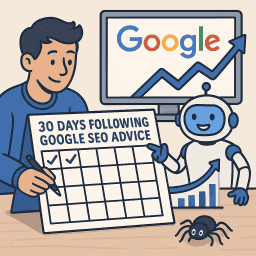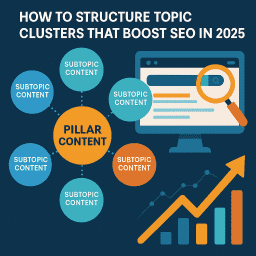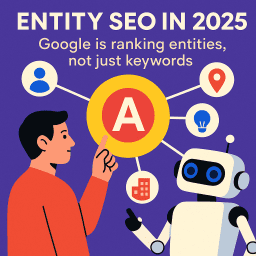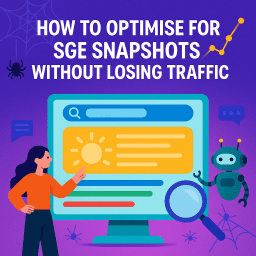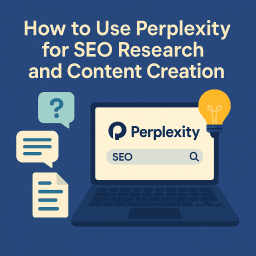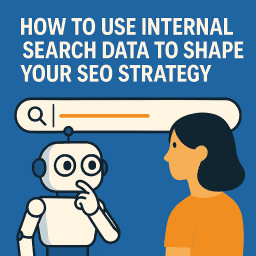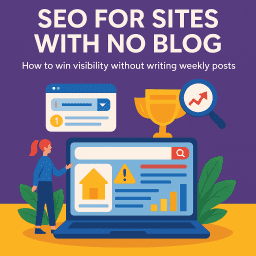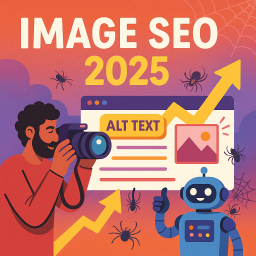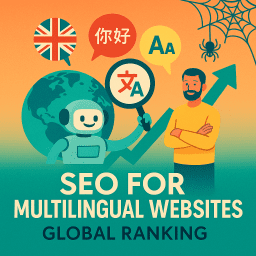How Google Interprets Your Content Behind the Rankings (2025)
How Google “remembers” your site across updates
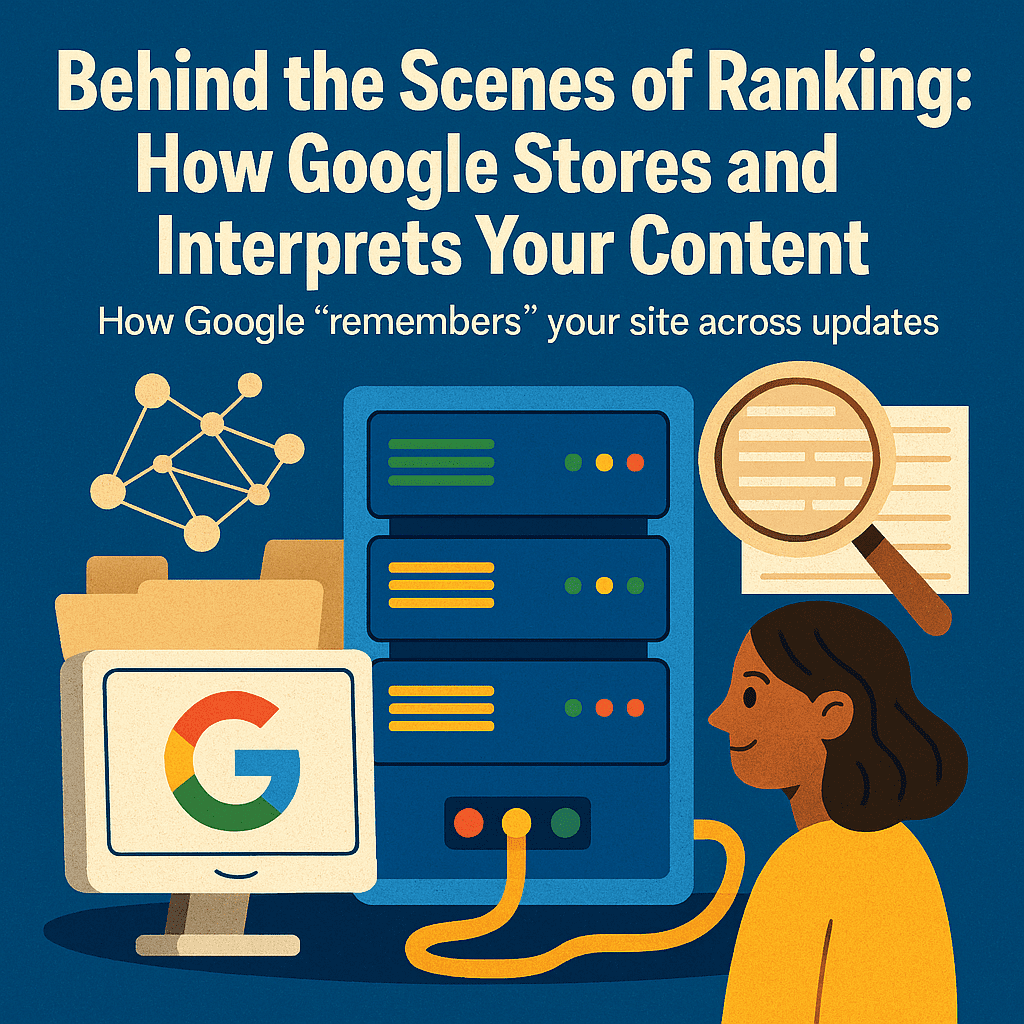
📊 Google’s Brain: What It Stores, How It Judges
🧠 Ever wondered how Google decides what your page is really about? It’s not just keywords or tags anymore—it’s about how Google understands your content at a deeper level.
In 2025, SEO success hinges on more than just publishing good content. You need to understand how Google stores, categorises, and interprets your site over time. This isn’t magic—it’s machine learning, semantic understanding, and entity relationships.
This guide breaks down those invisible processes in plain English, so you can optimise your content for how Google actually thinks.
🗂️ Indexing vs Understanding: A Quick Primer
Indexing is when Google stores a copy of your page. But understanding is how Google interprets meaning, context, and relevance.
Think of it this way:
- Indexing = Filing a document
- Understanding = Summarising its meaning
You want to rank? Make your content both discoverable and interpretable.
🔍 Entity Storage: How Google Builds a Mental Map
Google has moved from keyword-matching to entity-based search.
An entity is a real-world object or concept—like “Steve Jobs”, “MacBook Pro”, or “Italian cuisine”. Google stores entities in its Knowledge Graph and builds relationships between them.
When your content references known entities, Google adds you to that web of meaning. Over time, your site builds its own “entity footprint”.
How to optimise for this:
- Use proper names, places, and terms that are commonly recognised
- Link to Wikipedia or trusted sites when introducing lesser-known concepts
- Use schema markup (like
Person,Organisation,Product) to reinforce what each element is
📚 Semantic Matching: Beyond Keyword Stuffing
Google doesn’t look for exact keywords anymore. Instead, it uses semantic similarity—matching intent and meaning.
This is thanks to NLP (Natural Language Processing) advancements like:
- BERT – Understands sentence structure and context
- MUM – Multilingual model that pulls meaning across languages
- SMITH – Analyses entire passages, not just short snippets
What this means for your content:
- Cover a topic comprehensively (not just one keyword)
- Use related phrases and natural synonyms
- Structure your content clearly with H-tags and logical flow
🔢 Vector Space Modelling: How Google Measures Meaning
Google converts words and topics into vectors—mathematical representations in multi-dimensional space.
This allows it to “see” how closely related your content is to other trusted sources, even if you use different wording.
For example, “how to change a tyre” and “flat tyre repair guide” may live in the same vector space—so Google can rank them for the same queries.
How to stay close to your topical neighbours:
- Research competitors that rank for your target queries
- Note the language, structure, and depth they use
- Include anchor terms and semantically linked concepts
🧱 Memory and Freshness: Google’s Evolving Understanding
Google stores your content history and adjusts its interpretation over time based on updates, links, and engagement.
For example:
- If you consistently write about “eco-friendly packaging”, Google associates your domain with sustainability
- Suddenly writing about “crypto investments” may confuse its understanding—unless clearly segmented
Maintain topical clarity by:
- Building content clusters (related articles internally linked)
- Using consistent naming conventions across pages
- Segmenting unrelated content into distinct sections or subdomains
📈 How Google Refines Interpretation Post-Publication
Google doesn’t stop processing your page once it’s indexed. It watches how users interact:
- Do they bounce?
- Do they spend time?
- Do they search again?
This feedback loops into how Google ranks and categorises your page for future queries.
What to focus on:
- Improve content clarity and relevance
- Use engaging headings and rich media
- Answer the query fast, then offer more depth
📦 Structured Data: Speaking Google’s Language Directly
schema.org markup tells Google exactly what each part of your page is.
For example:
Productschema for ecommerce pagesFAQschema for question-based contentArticleandAuthorschema for blog posts
This enhances understanding and increases your chances of appearing in rich results.
🔗 Entity Reinforcement with Internal Linking
Google uses internal links to see what topics matter most on your site. When you consistently link to a topic from related content, you reinforce your authority.
Tips:
- Link from old content to new (and vice versa)
- Use anchor text that reinforces the entity/topic
- Group internal links into meaningful clusters
🧠 What the Experts Are Saying
“Google is less about matching and more about meaning. Optimise for ideas, not just words.” — Bill Slawski
“Entity SEO is how you future-proof your site. Be known for something specific.” — Dawn Anderson
“The way Google stores content is a memory system. Every update rewrites part of what it ‘knows’ about you.” — Hamlet Batista
📝 Recap and Clarify: Post-Specific FAQs
What is an entity in SEO?
How does Google understand content?
Can I control how Google interprets my site?
💬 Final Thought
“Ranking isn’t just about what’s visible—it’s about what Google believes you represent. The story behind your site matters more than ever.” — David Roche



